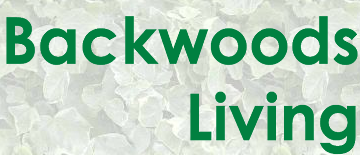Vapor Barriers
Vapor barriers or vapor diffusion retarders (VPR) are used to reduce the amount of moisture that enters or leaves the home. The effectiveness of these sheets of materials is measured in "perms". Perms are short for permeability, and are measured at 73.4 degrees F. It is the amount of moisture in grains that passes through a square foot of material every hour. Vapor barrier materials with a perm rating of less than 1.0 are considered a vapor retarder.
Areas of Use
Vapor barriers are effective in reducing moisture levels in basements, ceilings and concrete slabs that are placed on a grade foundation. The barriers are also used in crawl spaces and laid over the bare ground to keep moisture from migrating into the living spaces above. Use vapor barriers whenever the outdoor temperature falls below 68 degrees F. Seal all outdoor air gaps that lead into the home. Both the vapor barrier and caulking will reduce the amount of moisture that can work into the homes interior.
Installation of the Vapor Barrier
Place the vapor barrier in northern climates on the warm side or the interior of the walls. This placement will keep warm moist air in the home and reduce travel to the colder exterior. Walls that have no vapor barrier may experience wet areas near the joints of walls and ceilings. In these areas, warm air is attempting to travel outdoors moving interior moisture with it. Vapor barriers for southern climates will typically be placed on the exterior of the walls. Warm moist humid air may attempt to travel into the air-conditioned environment. The warm air can carry moisture into the crevices of internal wood framing.
Various Products
Many products are used for the reduction of moisture travel into a living space. Check with local contractors or the extension service to understand your area and the types of vapor barriers that are used. Mild climates can use an application of certain paints on the interior walls. Harsher, colder climates may require the installation of full sheets of material, such as plastic or specialty products like Tyvek. Foam sheet insulation, when correctly installed is used for both a vapor barrier and heat capture. Installing any vapor barrier whether in new home construction or during remodeling must be continuous. No breaks in the application must be made. All seams should be sealed tightly, as moisture can travel through the smallest of openings.

